World’s Most Powerful Solar Telescope Captures Hellish Photos of the Sun
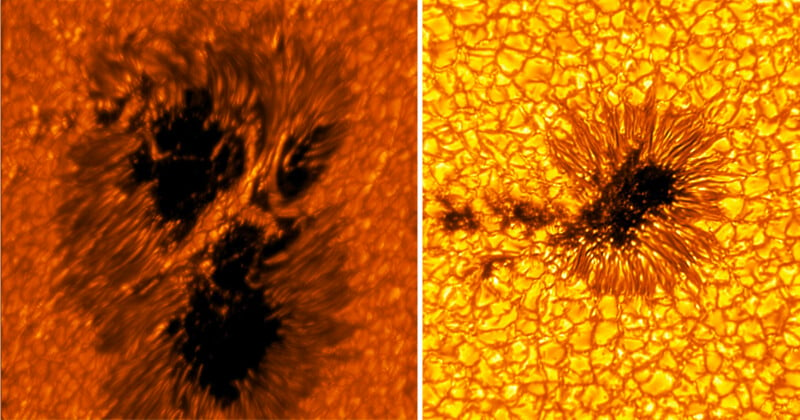
Earth’s most powerful solar telescope has captured new images of the Sun, zooming in on sunspots and showing them in nightmarish detail.
While the images almost look like close-up macro photos, some of the sunspots pictured are actually larger than planet Earth.
Scientists want to study sunspots to better understand why the Sun’s outer atmosphere, or corona, is hotter than its surface.
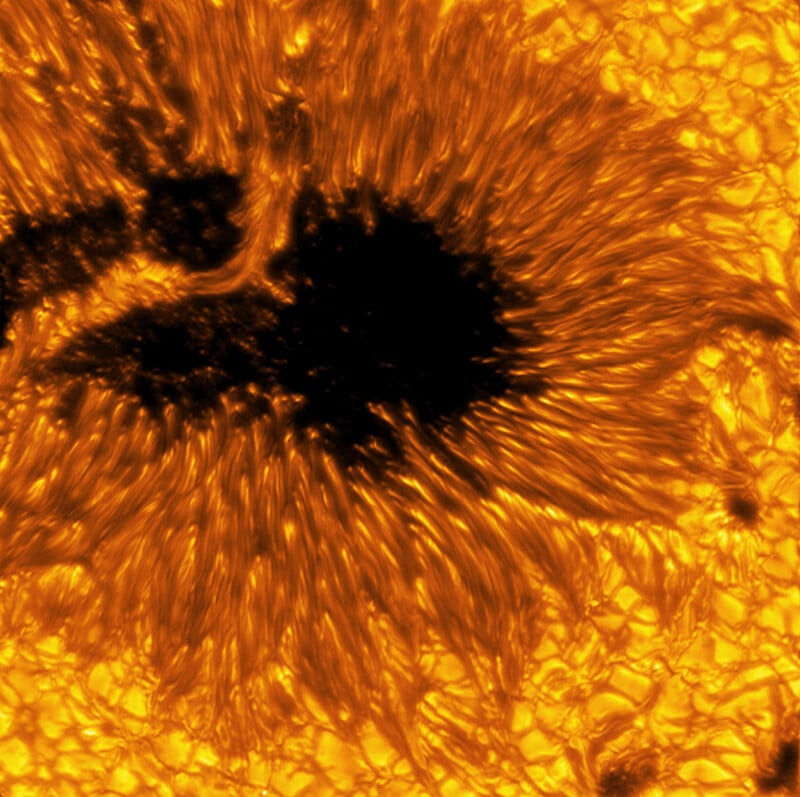
Sunspots are only temporary, generally lasting for about a week as they grow and shrink as the Sun makes its way through its natural 11-year cycle.
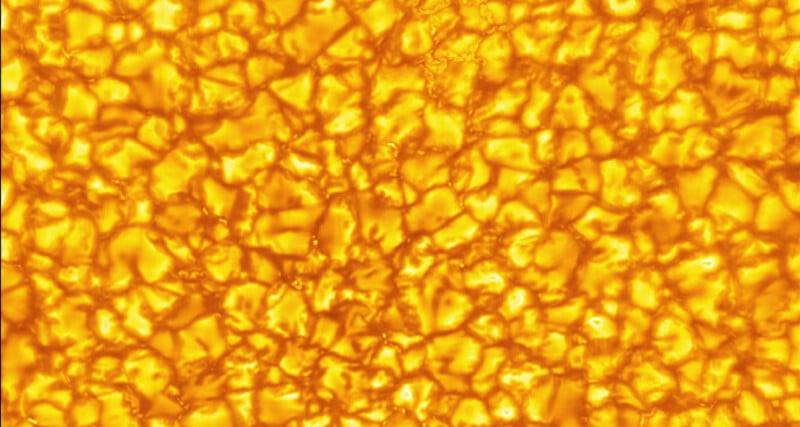
The fiery images were captured by the Daniel K. Inouye Solar Telescope, a four-meter spyglass on top of a mountain in Maui, Hawaii.
The telescope used a powerful camera called the Visible-Broadband Imager which is capable of taking high-resolution images of the photosphere and the chromosphere.
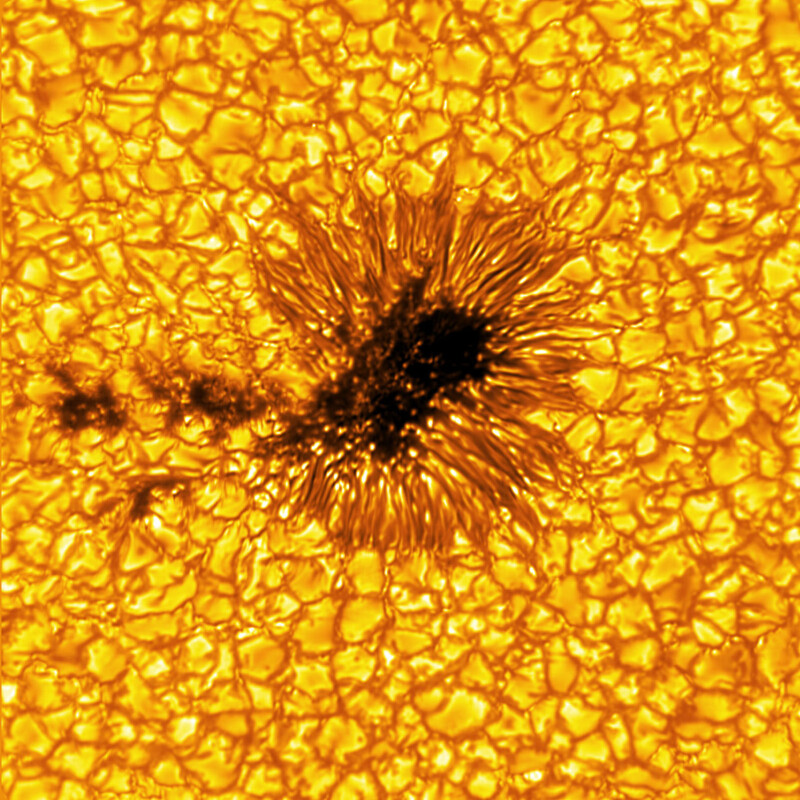
The Inouye Solar Telescope’s unique ability to capture data in unprecedented detail will help solar scientists better understand the Sun’s magnetic field and drivers behind solar storms.
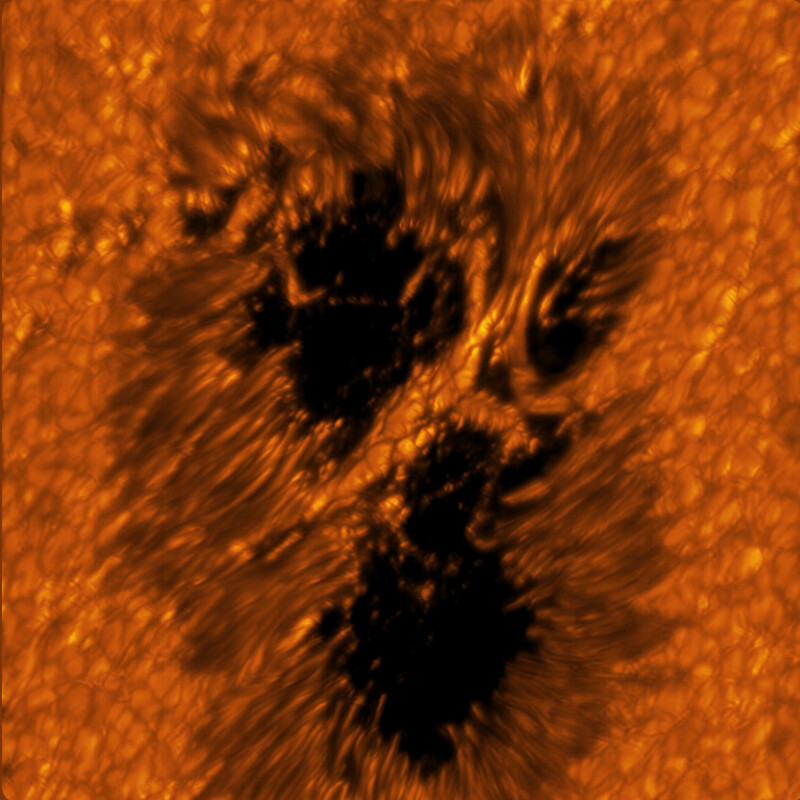
The sunspots pictured are dark and cool regions on the Sun’s “surface”, known as the photosphere, where strong magnetic fields persist.
These magnetic fields can produce explosive solar storm-causing events like coronal mass ejections. These extreme events can impact Earth, sometimes creating intense aurora lights but they can also interfere with important infrastructure.
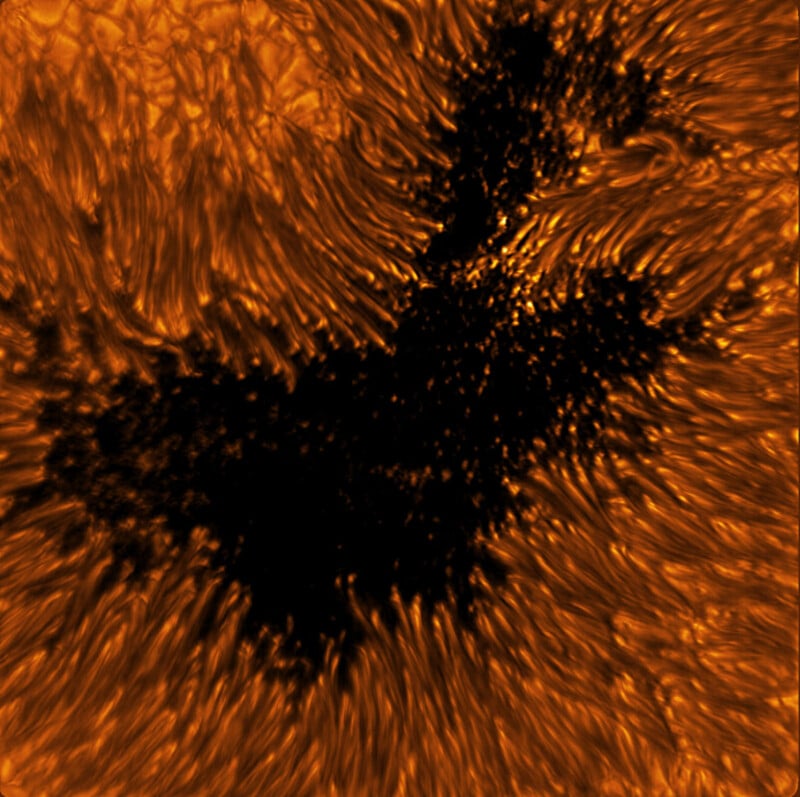
These sunspot centers are surrounded by elongated filamentary regions called the penumbra, which is seen in the new images as “bright-headed strands,” adds the team working at the Inouye Telescope.
The recently inaugurated telescope is in its Operations Commissioning Phase (OCP), a learning and transitioning period during which the observatory is slowly brought up to its full operational capabilities.
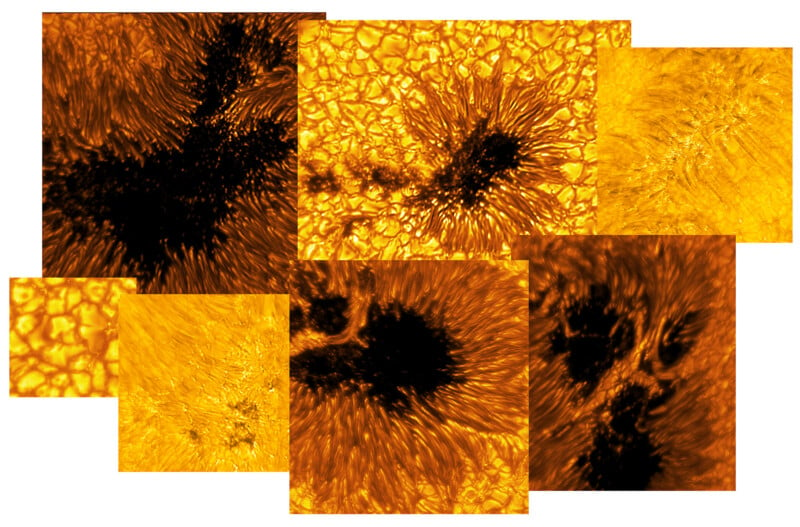
The Inouye Solar Telescope’s Data Center will continue to calibrate and deliver data to the scientists and the public.
Image credits: NSF/AURA/NSO.